Buddhism On Stamps
Buddhism is one of the major religions in the world and Second largest spiritual path practiced by an estimated 1.6 billion people, representing 9% to 10% of the world's total population. It began around 2,500 years ago in India when Siddhartha Gautama discovered how to bring happiness into the world. Edwin Arnold has fittingly called Gautama Buddha the "Light of Asia" Wisdom of the world. I have been collecting Buddhism stamps for quite some time because I like nature and the Buddhist philosophy. Buddhism and nature are inseparable. Buddhism was born in nature, in the sense that the ascetic Buddha, attained enlightenment under a Bodhi tree in a forest on the bank of the Neranjara River and he delivered his first sermon in the Deer Park. He spent quite a significant part of his life in natural surroundings. Nature is never absent from the four main events of the Buddha's life: birth, Enlightenment, First Sermon and death. Moreover, he always appreciated nature and encouraged others to do the same. Buddha's message clearly says that caring for nature must go hand in hand with respect for fellow human beings. Buddhism is relevant to the present world because of the environment crisis we are facing at present and we are heading towards mass extinction of species. We live in an age of conflict and war, of hatred and violence all over the world. Mahatma Gandhi has followed the teaching of Buddha and practiced and preached "AHIMSA PARMO DHARMA" (Non violence is the highest religious principle. Non violence is the Best policy). Through The Buddha I am symbolizing peace that everyone needs in today's world, I look upon Buddhism as one of the basic institutions which is irrespective of caste, creed and religion. The first thing that comes to mind when one sees/ thinks of the Buddha is a sense of peace. Several countries have released stamps on Buddhism. First Buddhism stamp was released by China in 1893, Cishou Pagoda. Thailand released in 1905: Siam Wat Arun (Temple of Dawn). Afghanistan: 1932 Bamiyan Buddha World Monochromatic stamp, which was withdrawn. In 1932 the conservative ulama erupted in protest of the printing of the `Bamiyan' postage stamp. The government quietly withdrew the stamp from circulation. Afghanistan 1951 Bamiyan Buddha UNESCO World Heritage site was also withdrawn. In 2001, the two colossal Bamiyan Buddha statues were destroyed, which stood for more than 1,400 years in the heart of Afghanistan. The following year UNESCO issued a 25,000-Afghanisthan Bamiyan postage stamp, abstractly illustrating one of the empty Buddha niches buried in the statue's fallen rubble. India released 1949 Bodhisattva First Archaeological Series Stamp and Geeta Govinda stamp in 2009. As per "Geeta Govinda", (the prayer to the Ten Incarnations of God Vishnu), the Stotra (verse) mentions Buddha is ninth incarnation. Bhutan issued a set of five silk stamps depicting famous 'Thanka"Thankas' or 'Banners' that are paintings of sacred and ceremonial subjects honouring His Holiness Jamyang Yeshey Singhgay Rim Poche, the late Head Lama of Bhutan, who attained Nirvana on March 12, 1969. The World's Largest Stamp Peace Mandala /sticker stamps / 20x 29cm, and 10.7 x 8cm have been released by Mongolia. The project by "Mandala 21st Century" was launched in 1994 to pray for world peace for the coming century. The largest (70m x 50m) patchwork quilt Mandala in the world was completed in 2002 by the hands of more than ten thousand people from 16 countries. Bhutan 2014 released "Twelve deeds of Buddha" depicting twelve deeds, complete life of Buddha from his birth till he attained Mahaparinirvana. Sri Lanka has issued twenty numbers of new postage stamps depicting remarkable Buddhist places of worship in twenty countries to commemorate the United Nations Vesak Festival of 2561 BE in 2017. Twenty of the world's most sacred Buddhists sites such as the Kandy Lankatilaka Temple, the Lumbini Temple in Nepal, India's Buddhist monument in Sanchi, the Horyuji Temple in Japan and the Sompura Temple in Bangladesh Afghanistan MesAynak, Bhutan Paro Taktsang, Cambodia Angkor archaeological site, China Yungang Grottos, Indonesia Borobudur Temple Compounds, Laos Town of Luang Prabang, Malaysia KekLok Si, Mongolia Gandantegchinlen Monastery, Myanmar Bagan Archaeological Zone, Pakistan Taxila, Russia Ivolginsky Datsan, Singapore Kong Meng San PhorKark See Monastery, South Korea Haeinsa Temple Complex, Thailand Sukhothai Ancient City, Vietnam One Pillar Pagoda. These are some of the stamps included in the book. A checklist of Buddhism related stamps from American Topical Association (ATA) on stamps related to Religion - Buddhism/Buddha List Number: 857 Topic Count: 608, Architecture - Pagodas List Number: 520, Topic Count: 214, Monasteries /Temples List Number: 840 Topic Count: 1863, World Landmarks Angkor Wat, Cambodia List Number: 1072 Topic Count: 37 and John Wettenhall's Tasmania, Australia published lists of Buddhism related stamps in the COROS chronicle in issue no 331 and 332 February and May 2004 respectively. Only few publications using philatelic material related to Gautama Buddha exist. The book only focuses how different philatelic materials can narrate the story of Gautama Buddha. Different available philatelic material like Stamps, stamp blocks, 3D stamps, Silk stamps, Se-tenant, First Day Covers, Miniature Sheets, Souvenir Sheets, Maxim Cards, Post Cards, covers, gutter, booklets, errors, proofs etc. are included from different countries of the World. This book neither intends to explain Gautama Buddha's teachings nor discusses different schools of Buddhism. All details mentioned in the book are taken from various sources from different countries' postal authorities' websites who have issued stamps, details are mentioned under references. Care has been taken to mention the sources from where the details are taken. The author acknowledges all people and sources from where the material is sourced for writing the book. I would be grateful to receive any suggestion and omissions and information about new or omitted relevant material related to the relevant chapters of the book for further improvement and inclusion in future editions.
Get it now and save 10%
BECOME A MEMBER

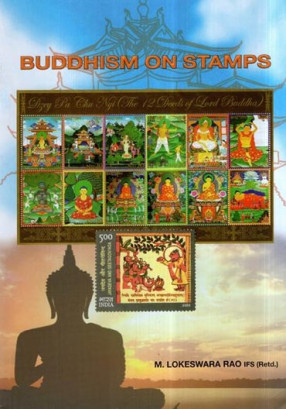
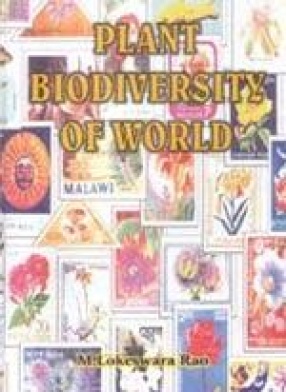
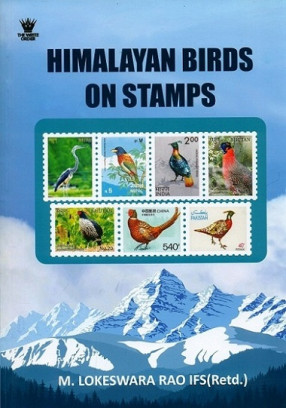
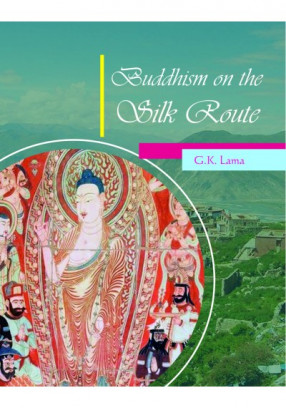
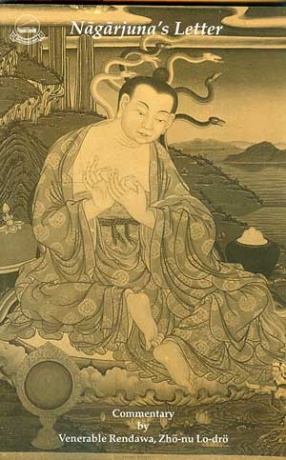
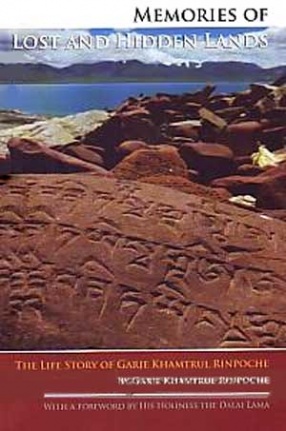
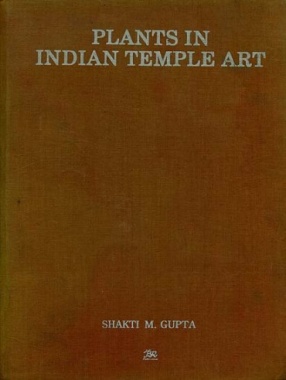

Bibliographic information